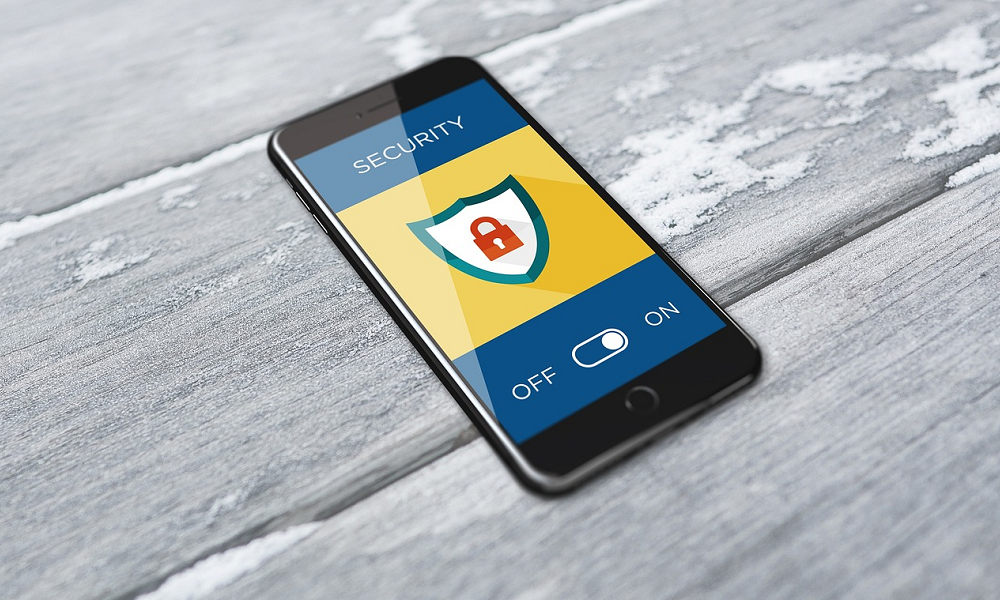Reviews
Don’t Be the Next Headline: Proactive Cybersecurity Strategies for Modern Businesses

Every week, a new cybersecurity breach makes the headlines. A company loses millions. Sensitive customer data is exposed. Trust is shattered. The cycle repeats.
No business wants to be next, yet many fail to take the necessary steps to protect themselves. Cybercriminals are getting smarter, using increasingly sophisticated methods to breach networks and steal information. The good news? You don’t have to be an easy target.
By implementing proactive cybersecurity strategies, you can strengthen your defenses, mitigate risks, and prevent costly data breaches before they happen. This guide will explore essential tactics to help businesses avoid cyber threats.
1. Understanding the Cyber Threat Landscape
Cyber threats are evolving, and businesses of all sizes are at risk. Gone are the days when only large corporations had to worry about hackers. Today, cybercriminals target small and mid-sized companies just as aggressively, knowing they often lack robust security measures.
Common Types of Cyber Threats
- Phishing attacks – Deceptive emails or messages trick employees into revealing login credentials.
- Ransomware – Malicious software encrypts company data, demanding a ransom for its release.
- Insider threats – Disgruntled employees or careless staff unintentionally expose data.
- Zero-day exploits – Hackers take advantage of software vulnerabilities before developers fix them.
The financial and reputational impact of a cyberattack can be devastating. Companies lose money, customers, and credibility. Compliance violations can lead to hefty fines. The damage extends far beyond IT systems.
Understanding the risks is the first step. The next step is to build a cybersecurity framework that keeps these threats at bay.
2. Building a Strong Cybersecurity Framework
A strong cybersecurity strategy isn’t just about installing antivirus software or firewalls. It’s about creating multiple layers of protection that work together.
Key Components of a Strong Cybersecurity Framework:
- Network Security – Firewalls, intrusion detection, and encryption to safeguard data.
- Endpoint Protection – Securing devices like laptops, smartphones, and IoT systems.
- Access Controls – Restricting user access to sensitive data based on roles.
- Regular Software Updates – Patching vulnerabilities before attackers exploit them.
- Compliance & Regulations – Ensuring your security practices align with industry standards (GDPR, HIPAA, ISO 27001).
A well-structured framework acts as a safety net, reducing the likelihood of breaches. But even with the best security measures, businesses must test their defenses. That’s where internal penetration testing comes in.
3. Internal Network Penetration Testing: Identifying Weaknesses Before Hackers Do
Cybercriminals are always looking for weaknesses. You should be, too. Internal network penetration testing is a proactive way to uncover security gaps within your internal network before an attacker does. Unlike external testing, which evaluates perimeter defenses, internal network testing simulates an attack from inside the organization—just as a rogue employee, compromised device, or infiltrator might.
Why Internal Network Penetration Testing Matters
- Detects vulnerabilities that insiders or compromised devices could exploit.
- Identifies weak access controls, misconfigurations, and lateral movement risks.
- It helps assess network segmentation, privilege escalation risks, and internal threat detection.
How to Conduct Effective Internal Network Penetration Testing
- Define Scope & Objectives – Identify which internal systems, networks, and assets will be tested.
- Simulate Real-World Attacks – Use ethical hacking techniques to exploit network misconfigurations, open ports, and privilege escalation paths.
- Analyze Results – Document security gaps and assess their potential impact on internal infrastructure and sensitive data.
- Implement Fixes – Strengthen network security controls, access policies, and monitoring systems before an attack occurs.
Internal network penetration testing should be performed regularly—at least once a year or after significant system changes. It’s a crucial step in ensuring robust internal security and reducing insider threats.
4. Employee Training & Awareness: The First Line of Defense
Technology alone won’t protect your business. Employees are often the weakest link in cybersecurity. One careless click on a phishing email can compromise an entire network.
How to Strengthen Employee Cybersecurity Awareness:
- Conduct regular security awareness training.
- Teach employees how to recognize phishing attempts.
- Encourage the use of strong, unique passwords and multi-factor authentication.
- Establish clear policies on data handling and device security.
A well-trained workforce is one of the most effective defenses against cyber threats. When employees know what to look for, they’re far less likely to fall victim to scams.
5. Implementing Advanced Threat Detection & Response
Cyberattacks happen fast. Detecting threats in real-time can make all the difference.
Key Security Technologies for Threat Detection:
- AI & Machine Learning – Analyzes patterns to detect suspicious activity.
- Endpoint Detection & Response (EDR) – Monitors and responds to security threats on devices.
- Zero Trust Security – Requires continuous verification of users and devices.
- Incident Response Plan – Outlines steps to take during a cyberattack to minimize damage.
Fast detection and response can prevent minor security incidents from escalating into full-blown crises. Businesses should invest in tools that provide real-time monitoring and automated threat mitigation.
6. Partnering with Cybersecurity Experts
Even with strong internal security measures, businesses can benefit from outside expertise. Cybersecurity is complex, and attackers constantly adapt. Sometimes, an external perspective can reveal vulnerabilities that in-house teams miss.
When to Consider a Cybersecurity Partner:
- If your business lacks dedicated security personnel.
- If you need 24/7 monitoring and threat detection.
- If compliance requirements demand third-party audits.
- If you want access to cutting-edge security tools without high in-house costs.
Managed Security Service Providers (MSSPs) offer specialized knowledge and around-the-clock threat monitoring, ensuring your business stays protected.
Conclusion: Staying Ahead of Cyber Threats
Cybersecurity isn’t a one-time project—it’s an ongoing commitment. Businesses that take a proactive approach significantly reduce their chances of falling victim to attacks. Your business can stay ahead of cybercriminals by understanding threats, implementing strong defenses, testing security regularly, training employees, leveraging advanced detection tools, and working with experts. Don’t wait for a breach to happen. Strengthen your cybersecurity today because the following headline doesn’t have to be about you.

-

 World1 week ago
World1 week agoEthiopian volcano erupts for first time in thousands of years
-

 Health2 days ago
Health2 days ago8 kittens die of H5N1 bird flu in the Netherlands
-

 Legal7 days ago
Legal7 days agoUtah Amber Alert: Jessika Francisco abducted by sex offender in Ogden
-

 US News6 days ago
US News6 days agoExplosion destroys home in Oakland, Maine; at least 1 injured
-

 Health7 days ago
Health7 days agoMexico’s September human bird flu case confirmed as H5N2
-

 Legal3 days ago
Legal3 days ago15 people shot, 4 killed, at birthday party in Stockton, California
-

 World7 days ago
World7 days agoWoman killed, man seriously injured in shark attack on Australia’s NSW coast
-

 US News2 days ago
US News2 days agoFire breaks out at Raleigh Convention Center in North Carolina




